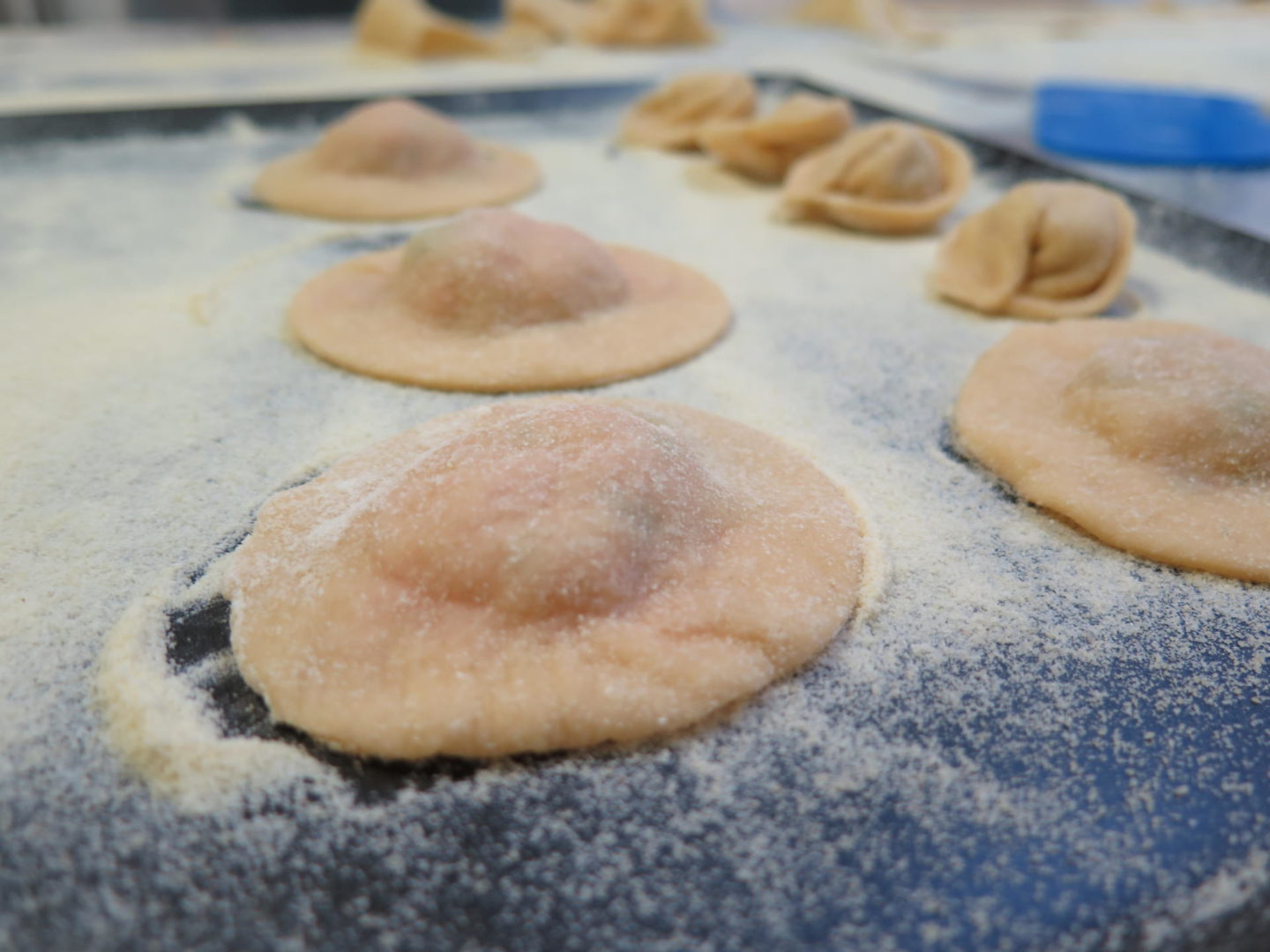
I love pasta. I totally, whole-heartedly love the stuff. Myself and Eve have had many conversation about what ‘our last supper’ would be, and each time I choose a huge, gluttonous pile of pasta – perhaps varying only in shape and sauce.
Pasta has always been the ultimate comfort food for me. I love the monotony of shoving forkfuls of it in my mouth and each time never being disappointed by the taste and texture. It’s easy to make and it’s cheap and it’s tasty. It’s the perfect food to stockpile for the laziest of people (that’s me).
I must admit though, that I’m far more accustomed to the shop bought, dried variety, and up until recently I had thought that meant I preferred the ‘fake’ kind. This is untrue. In Italy, the place where everyone transports themselves when the food is mentioned, they eat both fresh and dried pasta. In general, the north makes more fresh pasta, and the south has more dried.
Italy is so passionate about pasta that they fiercely protect their dried variety. There are even laws governing it: dried pasta must be made using durum wheat semolina flour, and egg pasta can only be made with durum wheat semolina flour and a minimum of 4 hens eggs weighing 200g without shell, per kilogram of semolina.
Quality dried pasta products command a huge respect in the country. When you are going to the supermarket to buy fresh pasta, often what is marketed as fresh pasta is machine made pasta that isn’t dried, which isn’t any better than good quality dried pasta.
But all dried pasta isn’t the same. The mass produced pasta we’re more used to in the UK is usually produced using poorer quality flour, and quicker, which affects flavour and digestive properties. Sometimes it’s better to fork out a little more money for the better quality stuff – but if that’s out of your budget, don’t worry your head.
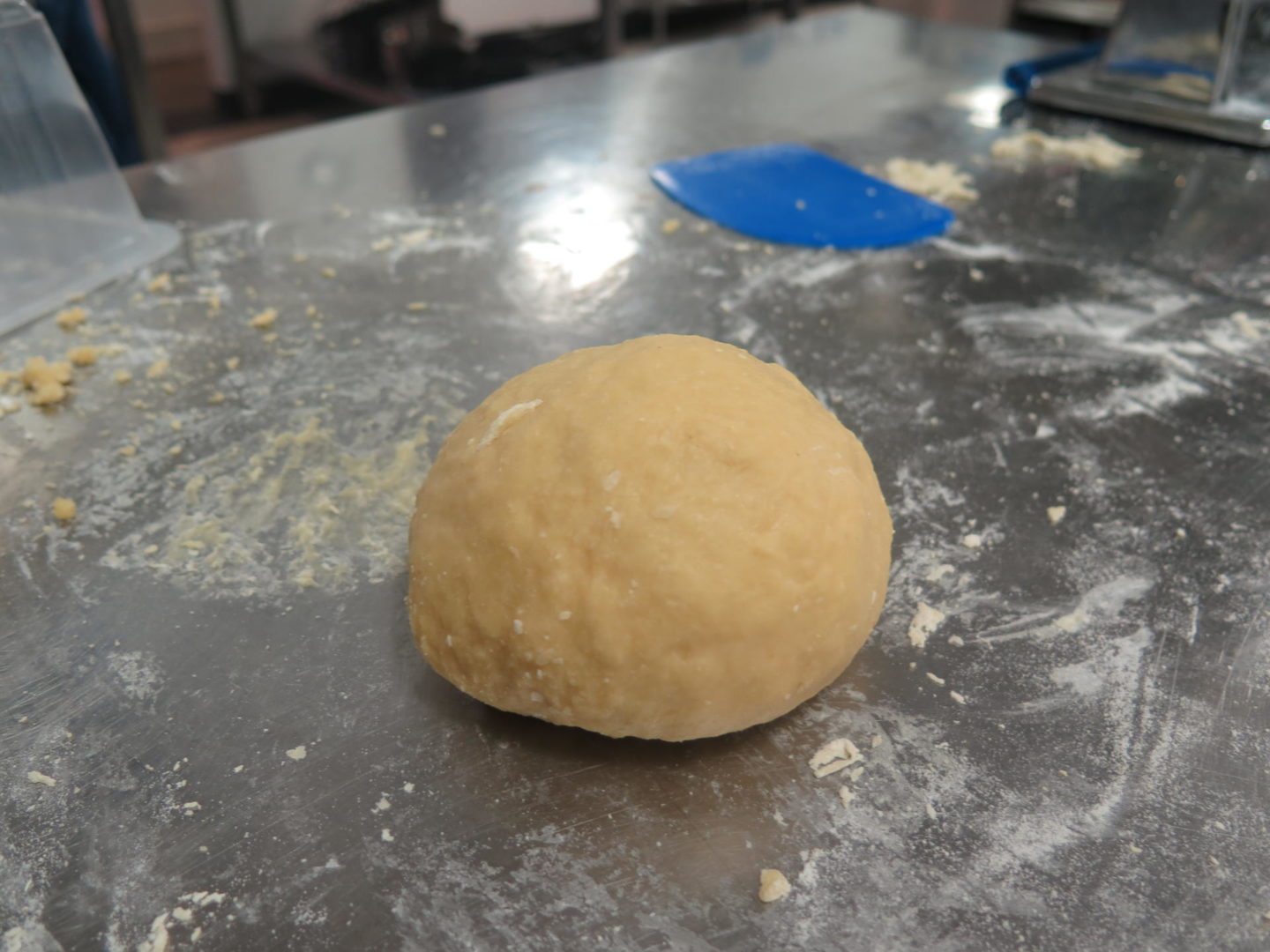
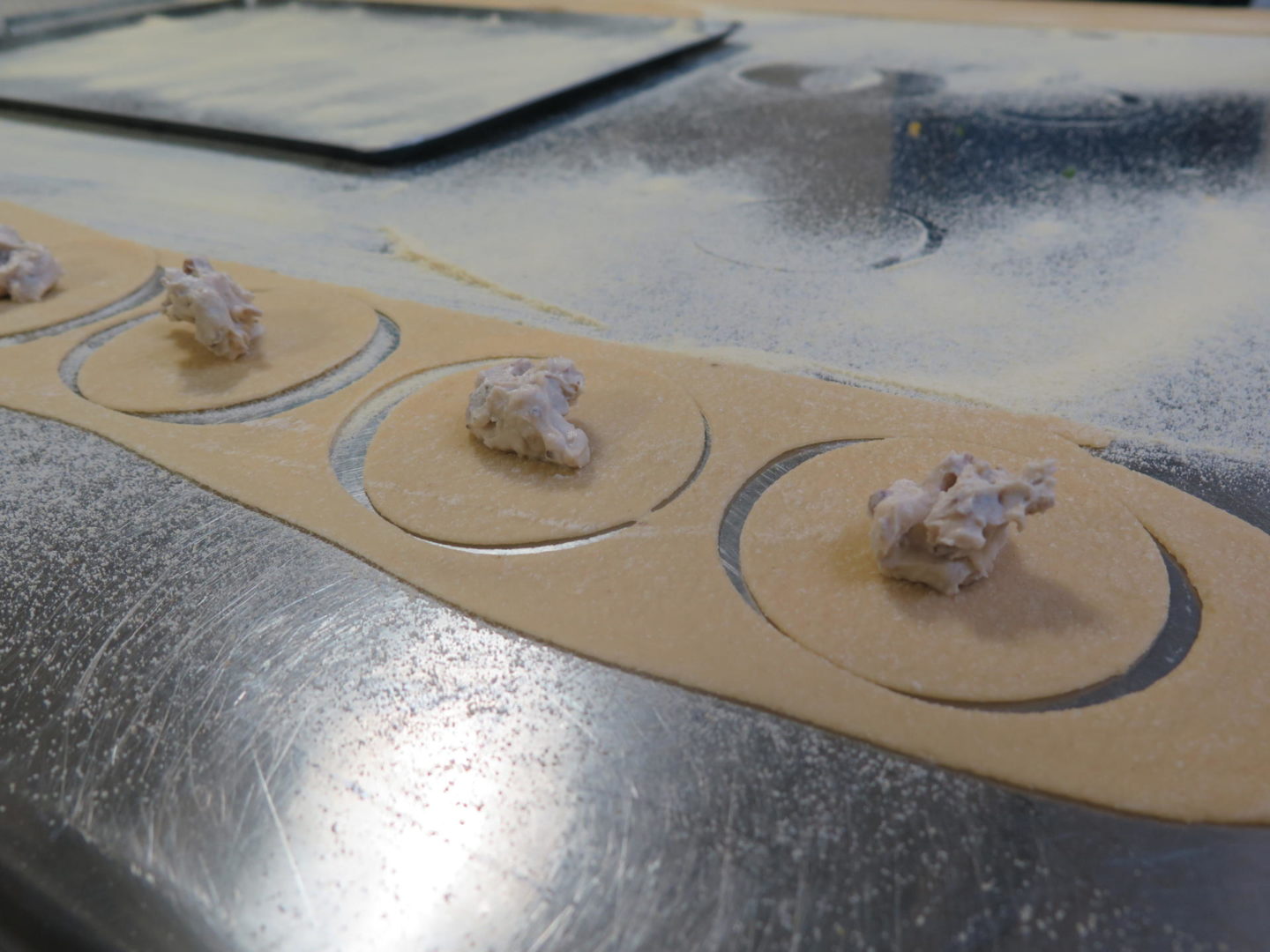
In a bid to wet my appetite for fresh pasta, I decided to try out a class a cooking class at Atelier Des Chefs. In truth, the only time I’d ever tried fresh pasta previous to this was at Padella where I ordered their famous pici cacio e pepe.
Despite not being a natural cook, I had been to one of Atelier’s cooking classes before (their 30 minute flat-iron steak class), and so I wasn’t too nervous. In the two hour class we made our own fresh pasta dough, sweet potato, prawns and chilli ravioli, goats cheese and walnut tortellini and a salsa verde to drizzle on top. Oh, and with the left over pasta scraps we made tagliatelle – which is my favourite.
I was struck by how basic the standard recipe for making fresh pasta is. All you need are two ingredients: flour and eggs. Will I be making it everyday in my shared kitchen though? I imagine not. The practicalities of rolling your pasta, leaving it to sit, cutting it into shapes and cooking takes up a lot of space and time. It also might involve you having to purchase a pasta machine to create certain pasta shapes.
But you know what? It is bloody fun. If you have a day spare, and you’re in the mood to get covered head to toe in eggs and flour, definitely have a go. You never know, it might even turn out edible! Mine somehow did…
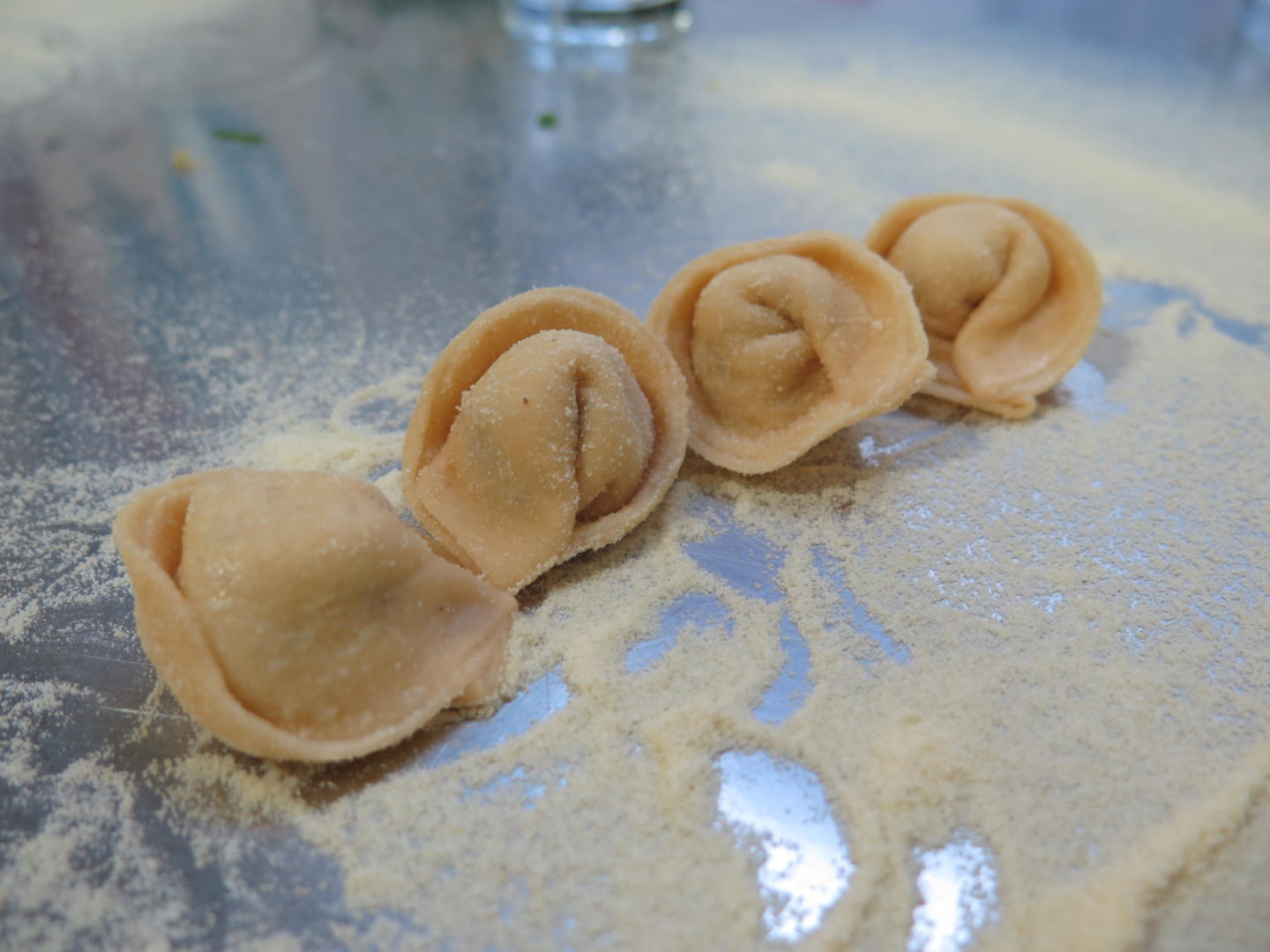
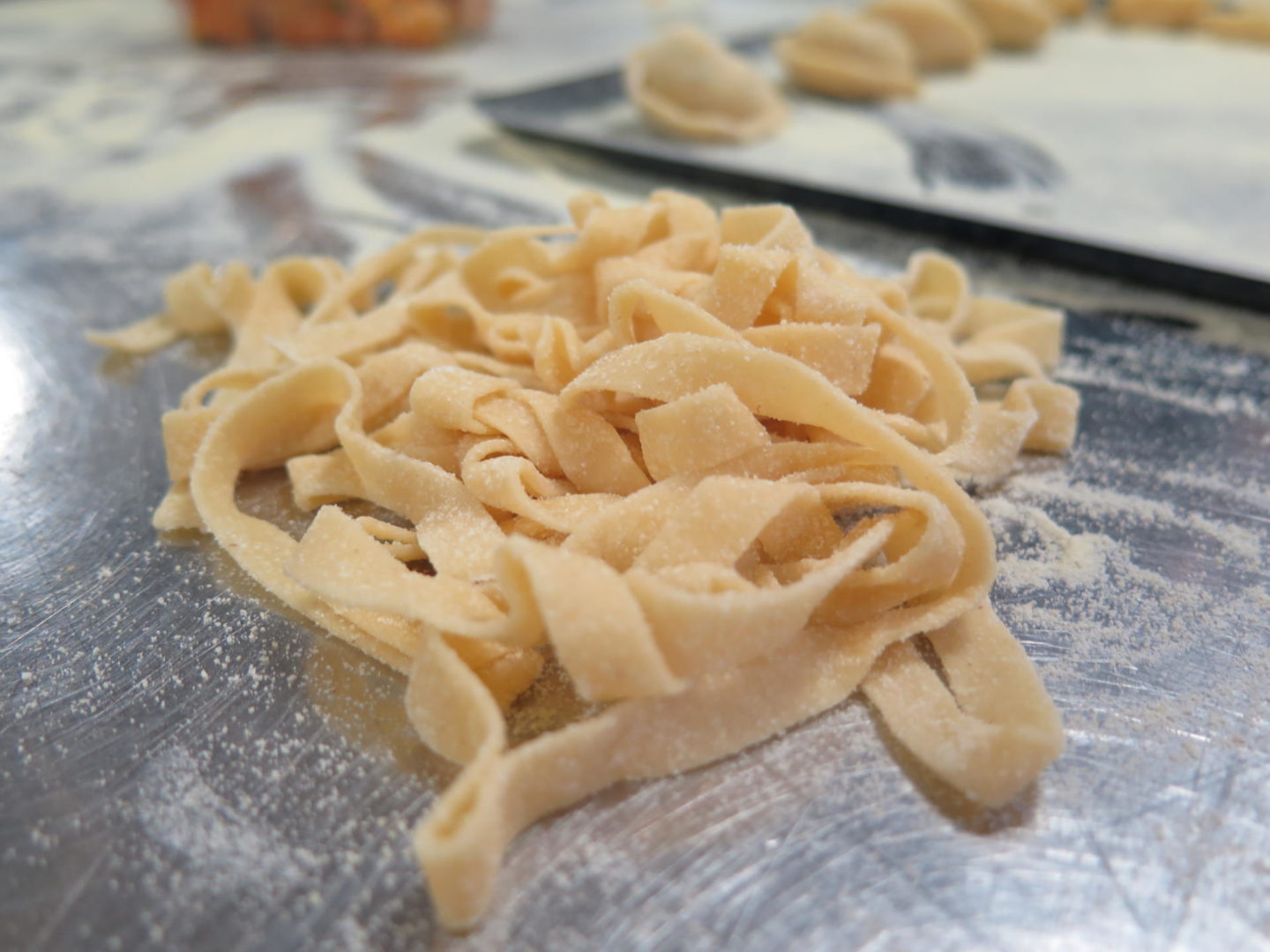
How to make fresh pasta dough…
Pasta flour: 200 g
Whole egg(s): 2 whole
Egg yolk(s): 2 whole
Separate 2 of the eggs and discard the whites.
Tip the flour into a bowl or onto the table. Make a well in the centre. Whisk the eggs and egg yolks together, pour into the well and mix in a circular motion with a fork. Keep mixing to gradually draw in the flour from the sides of the well until the eggs have taken in all the flour and the mixture forms a ‘ball’. (You may need a little extra beaten egg, water or olive oil).
Continue to work the ball of flour and egg with one hand until you have a soft but not sticky dough. Knead the dough until smooth, only using a little flour on the work surface if absolutely necessary.
Wrap in cling film and leave to rest at room temperature for at least 15 minutes.
Take the pasta out of the fridge and roll through the pasta machine on setting number 1. Roll 3 times on this setting, then repeat this on settings 2 and 3.
Lay out the strips of pasta and cover with a piece of cling film to prevent it from drying out.
After you’ve created your dough, this video might help with shaping. I imagine it will be easier for you to watch it, rather than read my shoddy notes.
Happy moulding!



